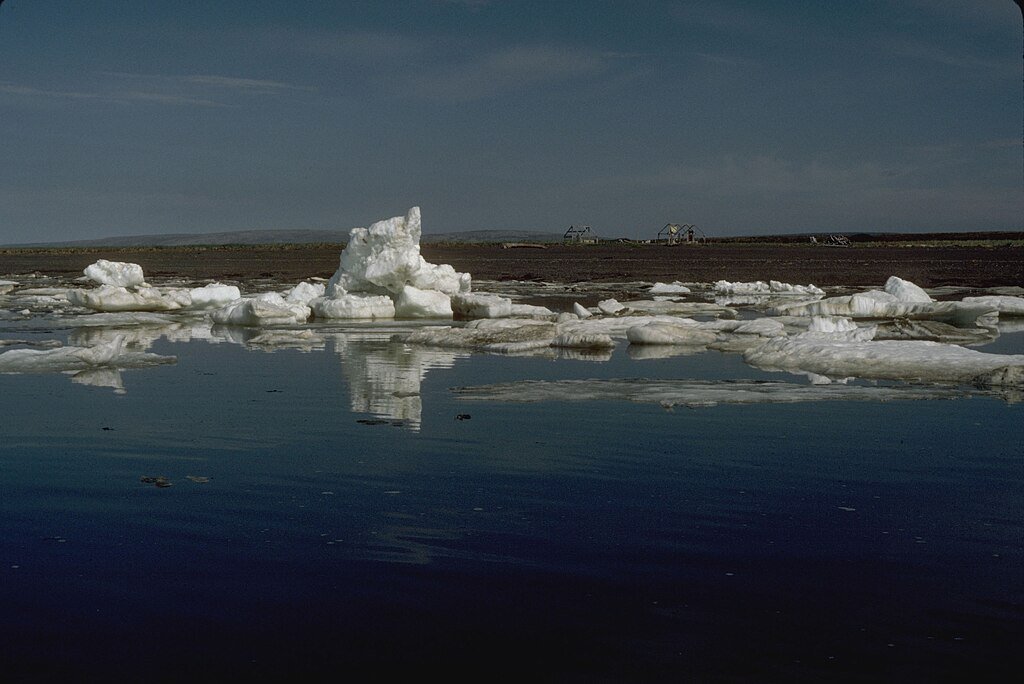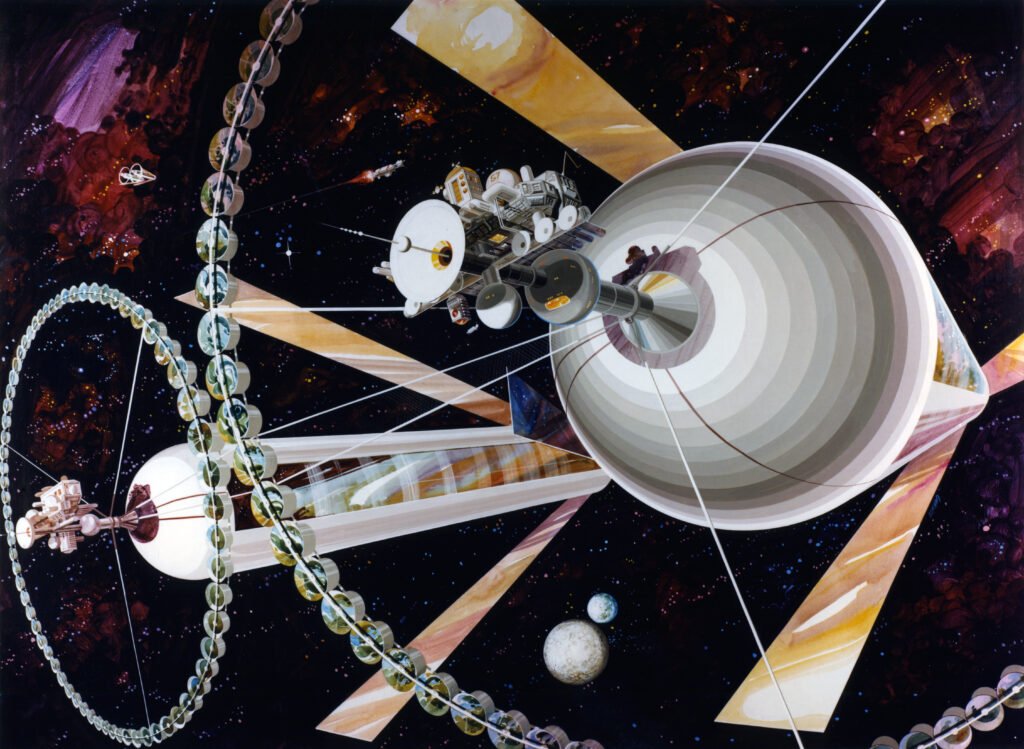New research has revealed that the disappearance of sea ice is not only increasing the amount of light entering the ocean but also altering its color. These changes have significant consequences for photosynthetic organisms such as ice algae and phytoplankton, which rely on specific wavelengths of light for survival. Scientists are now investigating how these shifts could disrupt marine food chains and long-term ecosystem stability.
Differences Between Ice and Seawater Light Transmission
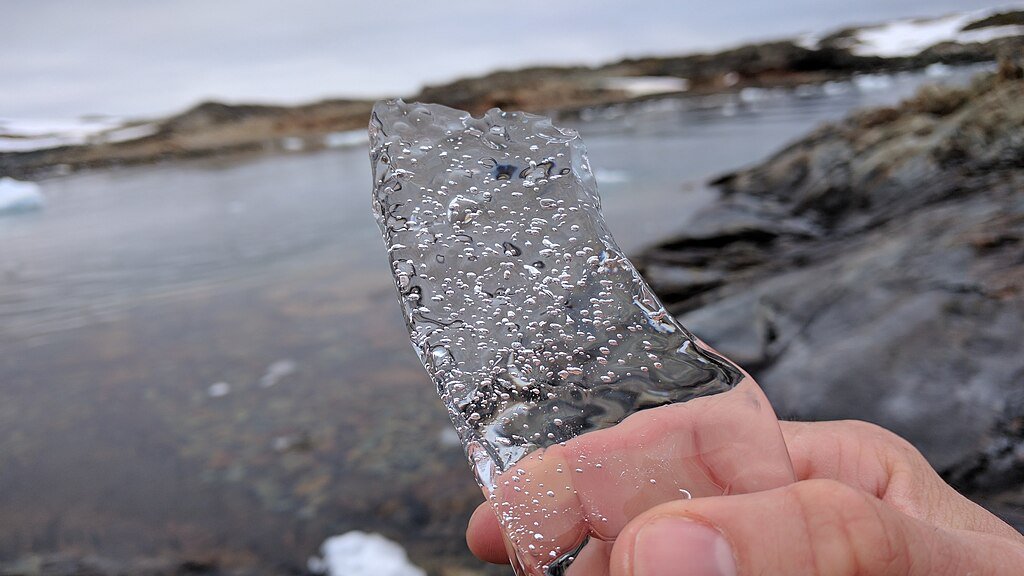
Sea ice and liquid seawater fundamentally differ in how they interact with light. Ice reflects and scatters most incoming sunlight, allowing only a fraction to penetrate beneath its surface, preserving a cooler and darker environment. In contrast, seawater absorbs red and green wavelengths but allows blue light to travel deeper, which significantly alters the underwater light spectrum when ice melts. As climate change accelerates sea ice loss, this shift could impact marine organisms that rely on specific wavelengths for photosynthesis.
Molecular Vibrations and Ocean Light Absorption
The transition from frozen to liquid water introduces molecular vibrations that influence how light is absorbed. In liquid water, these vibrations create distinct absorption bands that selectively filter out certain wavelengths, altering the spectral availability beneath the surface. Ice, on the other hand, lacks these absorption bands, allowing a broader spectrum of light to reach organisms beneath it. This means that as ice disappears, the light composition available for photosynthetic organisms changes, requiring adaptations or leading to population shifts.
Impact on Photosynthetic Marine Organisms
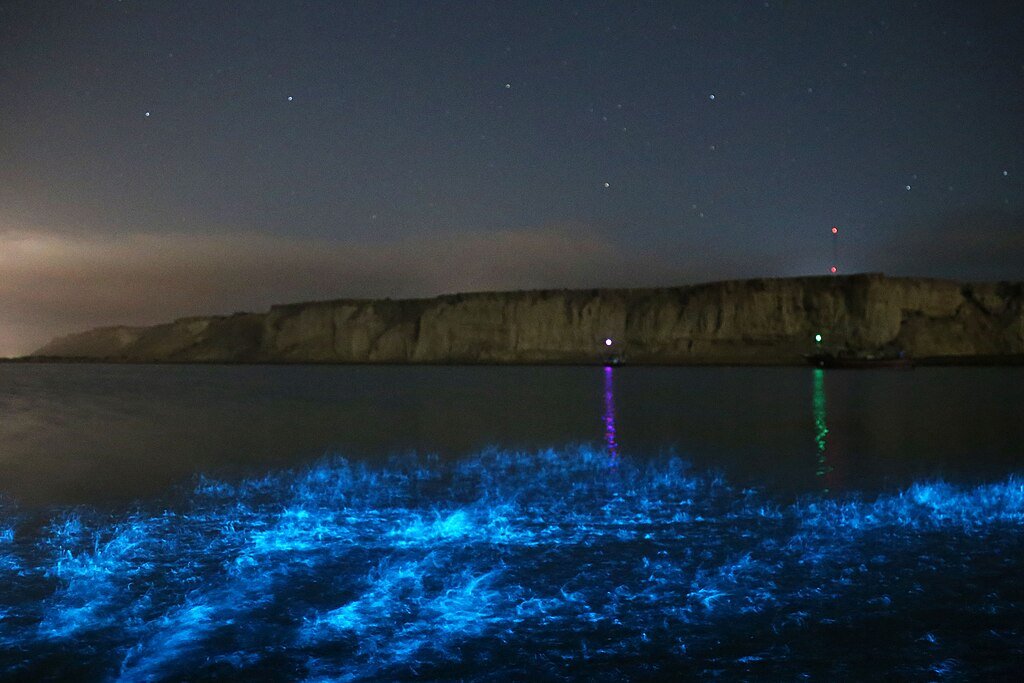
Phytoplankton, cyanobacteria, and ice algae have evolved pigments fine-tuned to specific spectral conditions within frozen environments. The loss of sea ice is reshaping these niches, potentially forcing species to migrate, adapt, or face population declines. This disruption extends to the marine web, as organisms that rely on these primary producers—such as krill and fish—could experience changes in food availability. Scientists are concerned that these cascading effects may contribute to shifts in biodiversity, altering ecosystem balance across polar and subpolar regions.
Broader Implications for Climate and Ocean Chemistry
Beyond its direct impact on marine life, the loss of sea ice may influence climate patterns by altering oceanic heat absorption. Darker seawater absorbs more solar radiation than ice, contributing to ocean warming and further accelerating ice melt. This feedback loop could amplify climate change effects, making long-term projections more uncertain. Researchers emphasize that understanding these interactions is critical for predicting the future of marine ecosystems and informing global climate mitigation strategies.
Conclusion
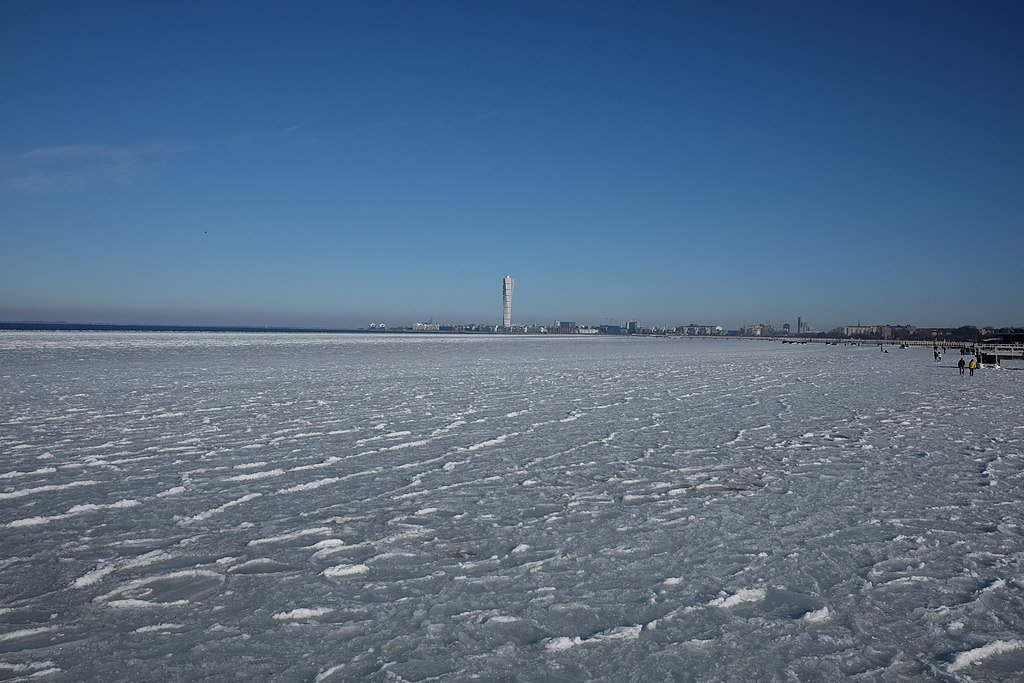
The rapid loss of sea ice is reshaping oceanic light conditions, impacting photosynthetic marine organisms and altering broader ecosystem dynamics. As researchers continue to explore these changes, their findings will improve our understanding of how climate shifts affect marine biodiversity, food webs, and ocean chemistry. Monitoring these impacts will be crucial for developing conservation strategies that help mitigate disruptions in polar and global marine ecosystems.
Source:


